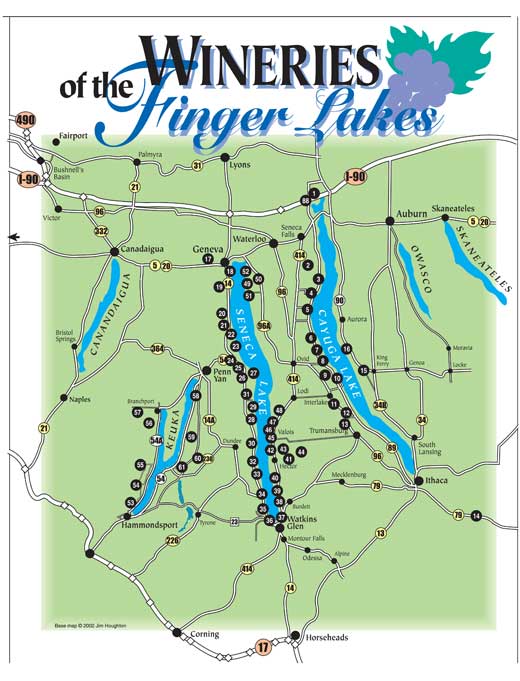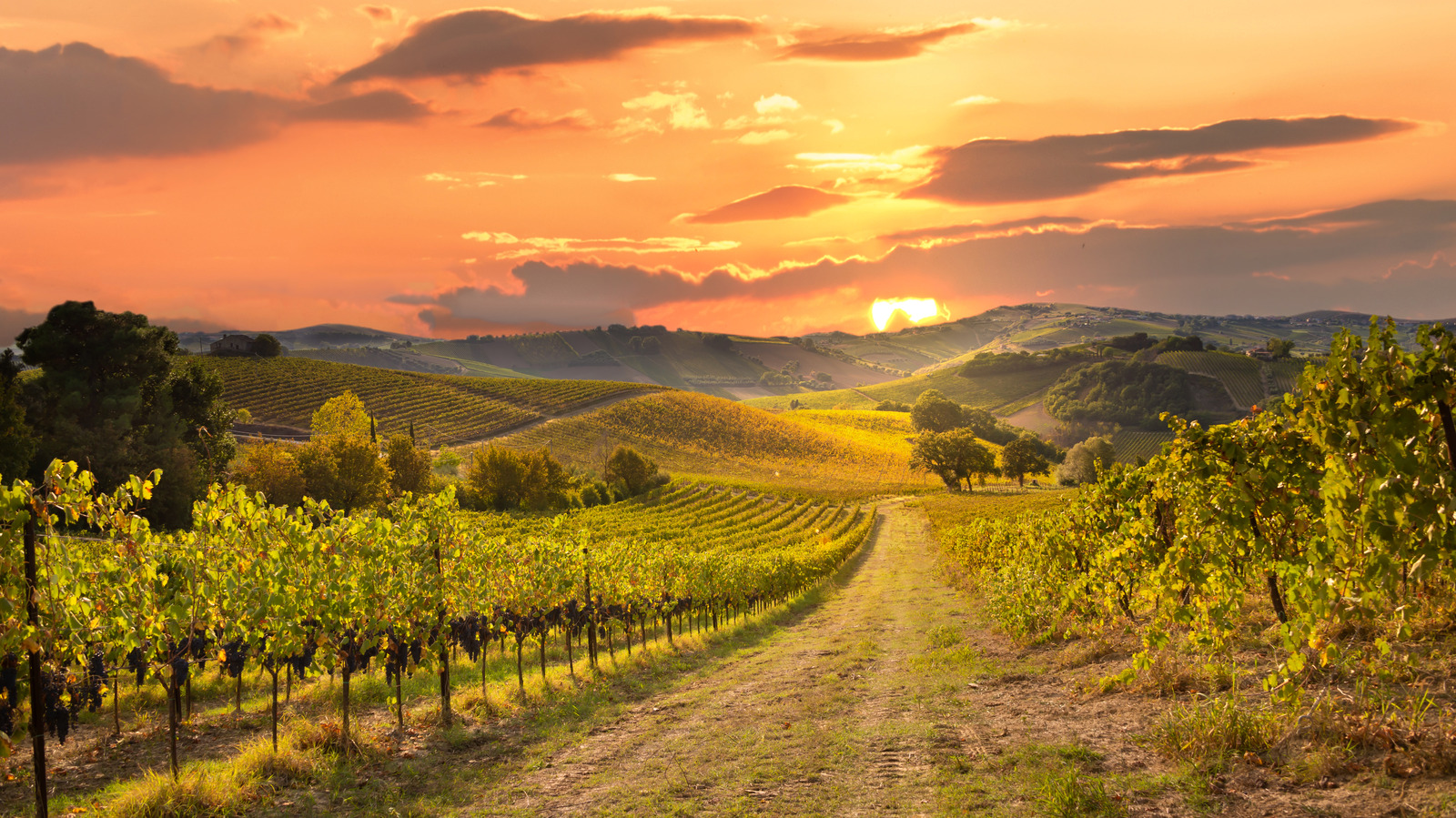THE WORLD OF WINE... North America
28/02/2024
Exploring the vast world of North American wines invites us to broaden our horizons. From the sprawling vineyards of the United States to the pristine landscapes of Canada, North America contributes to the rapidly evolving narrative of winemaking, with a culture influenced by but very different from the one we have here in Europe.
To commence with California: often hailed as the heartland of American wine. The sunshine state boasts a diverse array of terroirs, from the sun-drenched valleys of Napa and Sonoma right through to the cooler coastal regions of Mendocino and Santa Barbara. Here, international grape varieties such as Cabernet Sauvignon, Chardonnay, and Zinfandel thrive, shaped by the copious sunlight, the Pacific Ocean's influence and the skilled hands of winemakers.
California's winemaking tradition has a tendency to be characterised by the bold use of oak, with many wines aged in American oak barrels, imparting flavors of vanilla, spice, toast and even a distinctive coconut note to the finished product. If you've heard of the "ABC" (Anything But Chardonnay) movement that emerged as a response to the ubiquity of heavily-oaked Chardonnay in the wine market, particularly in the 1990s... you can probably blame California.
But please don't be put off. In recent years, California winemakers have been embracing newer styles that focus more on freshness and balance. Some trends and styles that have gained traction include cool-climate wines, minimal intervention or 'natural' wines, alternative varietals and lighter reds whilst the big, bold, and oaky wines of past popularity are still available for their fans.
Further north in Oregon, the Willamette Valley reigns supreme as the epicentre of Pinot Noir production. Sometimes spoken about as the American or 'new' Burgundy, it truly does have its own personality - but there's no denying that with its cool, maritime climate and diverse soil types providing the perfect canvas for this finicky grape comparisons can be drawn. Oregon Pinot Noirs are celebrated for their elegance, finesse, and expressive fruit flavors (reflecting the unique terroir of the region) and winemakers here often prioritise minimal intervention, allowing the grapes to speak for themselves and showcasing the purity of Oregon's terroir.
It's not just happening on the west coast. Moving eastward to New York, the Finger Lakes region emerges as a rising star in the American wine landscape. Known primarily for its production of world-class Rieslings, the Finger Lakes also excels in cool-climate grape varieties such as Gewürztraminer, Cabernet Franc, and sparkling wines. The region's unique microclimate, characterised by deep glacial lakes and sloping vineyards, creates ideal conditions for grape cultivation, resulting in wines of exceptional balance and complexity.
Canada is often overshadowed by its southern neighbour. However it does boast a burgeoning wine industry all of its own - with a focus on cool-climate viticulture and a commitment to quality. The Okanagan Valley in British Columbia and the Niagara Peninsula in Ontario are key players in Canadian winemaking, producing a diverse array of varietals, including Riesling, Chardonnay, and Icewine. Icewine, a specialty of the region, is made from grapes that are left to freeze on the vine, concentrating their sugars, acids and flavors, resulting in a sweet, luscious wine with pure primary fruit flavours and vibrant acidity.
One thing that sets North America apart from the rest of the world is their use of non-vinifera grape varieties, for example Norton and Concord. Although these non-vinifera grapes may be less familiar to mainstream wine drinkers (and in all honesty, mainstream opinion has it that they do not produce wines of a high quality) they do play a role in American winemaking. They hold a special place in American winemaking history and continue to inspire producers seeking to push the boundaries of tradition and explore new frontiers in winemaking adding diversity and complexity to the vinous landscape.
And beyond the borders of the North American continent, American rootstocks still play a very important role. They are widely used in vineyards around the world, as they are prized for their resistance to phylloxera, a devastating vineyard pest that can (and did) decimate grapevines. These rootstocks, primarily derived from native American grape species (such as Vitis labrusca and Vitis riparia) have been widely used in vineyards outside the United States to graft onto European grapevine varieties (Vitis vinifera). This grafting technique not only confers resistance to phylloxera but also imparts other desirable traits such as drought tolerance and vigor regulation. As a result, American rootstocks have become an indispensable tool for vineyard managers all over the world seeking to protect their vines and ensure the longevity of their vineyards.

